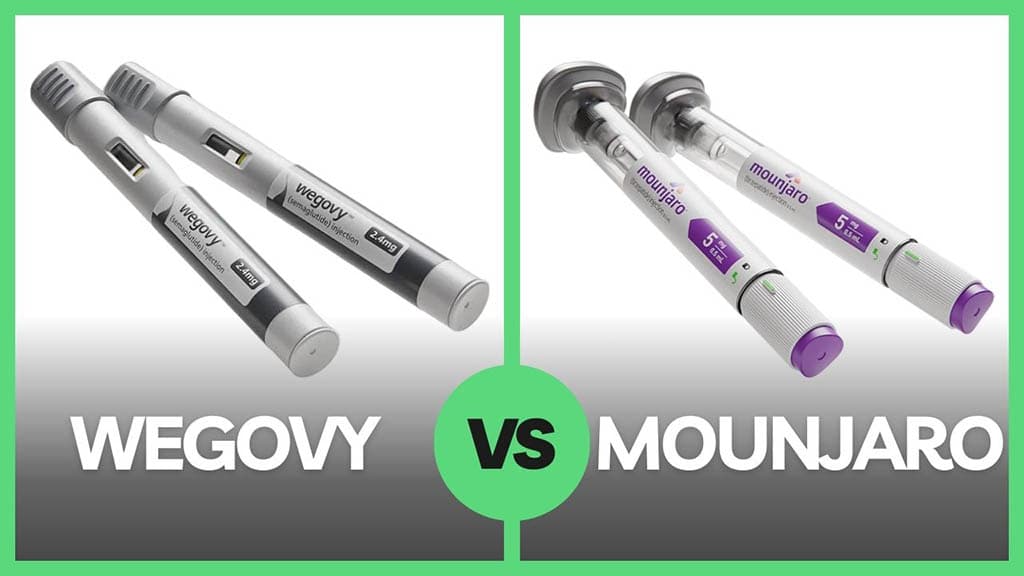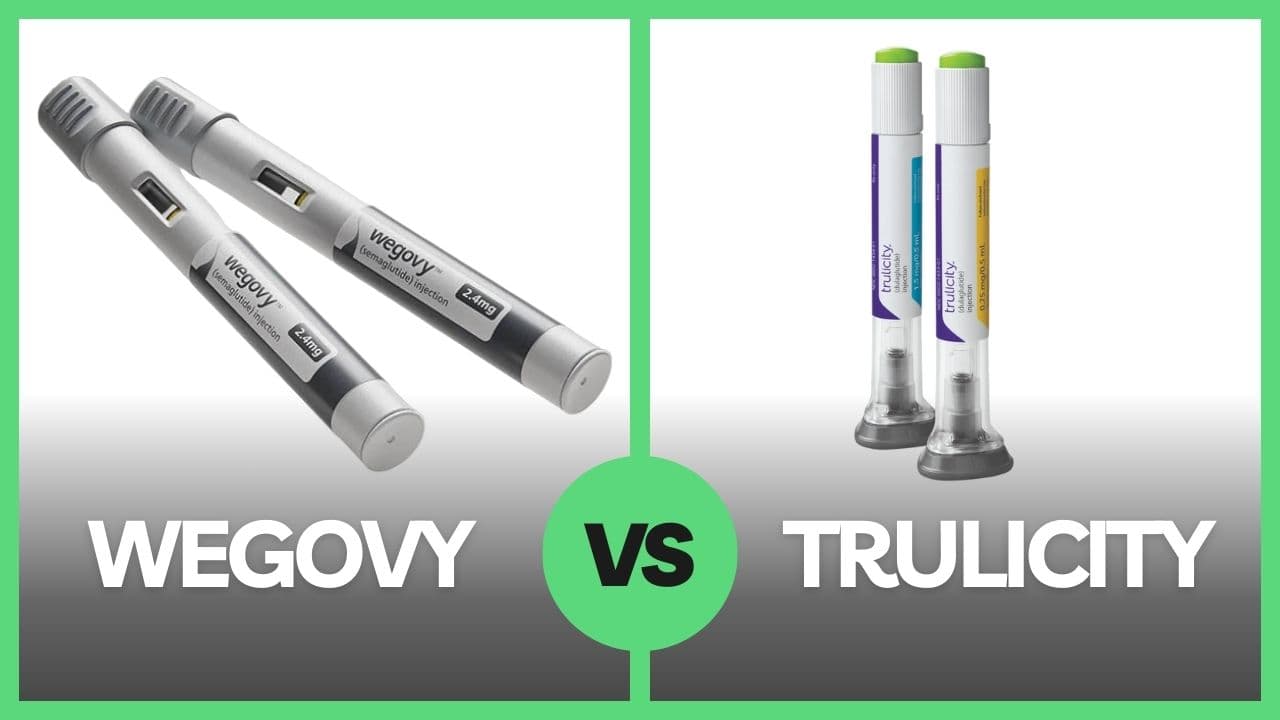The answer to the question, “Does taking Wegovy make you tired,” is “yes.”
Wegovy can induce fatigue, and we have seen this reported to us by many of our own Wegovy patients. While most of the side effects of Wegovy have to do with gastrointestinal issues such as gas, bloating, nausea, and diarrhea, fatigue is also a potential side effect of Wegovy and drugs in its class.
Exactly why taking Wegovy can make you tired is not 100% clear. Feeling tired while taking Wegovy probably has mostly to do with the fact that as you start on Wegovy, you will begin to eat considerably less. Eating less could produce less energy until your body adjusts to the lower caloric intake.
Like most Wegovy side effects, Wegovy-induced fatigue will probably clear up after you have been on the drug for a few weeks and your body adjusts to its presence. However, even if your fatigue persists, we have found several ways for our patients to combat “Wegovy Fatigue” and maintain good energy while taking the drug.
How Wegovy Works
Wegovy belongs to a class of drugs known as GLP-1 agonists. These medications, like semaglutide (the active ingredient in Wegovy), provide significant weight loss by making your stomach feel full sooner and stay full longer.
Wegovy also increases the production of insulin, which speeds up your metabolism and helps you burn fat, which further enhances its ability to help you lose weight. In clinical trials, participants on Wegovy lost around 16% of their body weight after about 16 months of taking the drug combined with diet and exercise.
Of course, every patient is different, and how long it takes Wegovy to work will vary, but most of our patients are happy to report that they see results within the first four to six weeks on Wegovy.
As reported in the Wegovy clinical literature and anecdotally from our own Wegovy patients, the most common side effects reported on Wegovy are nausea, diarrhea, vomiting, other forms of stomach distress, headache, and often fatigue.
What Causes Wegovy Fatigue?
Before we talk further about Wegovy and fatigue, let’s first understand exactly what fatigue means. Fatigue is not the same thing as drowsiness. Being drowsy means you feel like you can’t stay awake or need to take a nap. Fatigue, on the other hand, is a general feeling of lack of energy or overall weariness or lethargy.
Unfortunately, fatigue is a known side effect of Wegovy. As to exactly why Wegovy can make you tired, there can be several reasons. The first and most likely reason behind so-called “Wegovy fatigue” is the simple fact that while taking Wegovy, you will be eating less. Calories are fuel, so fewer calories means less energy, which can lead to fatigue. However, caloric reduction is not the only reason that Wegovy can make you feel tired; the impact that Wegovy can have on hormones, metabolism, and blood sugar levels could also lead to fatigue.
Fatigue, like most Wegovy side effects, shows up early within the first few weeks of treatment. However, the good news is that most of our patients tell us that this effect is usually temporary and fades after the early stages of treatment. It is not at all unusual for people new to Wegovy to tell us it makes them feel tired. Our first response to them is to let them know just how common this is in new users and assure them that it will likely pass in a few weeks as their body adjusts. We also counsel them that if, for some reason, the feeling does not abate after a month or so of Wegovy injections, there are ways to manage the issue.
How Long Does Wegovy Fatigue Last?
For most people, Wegovy-induced fatigue does not last long. Again, it should go away, and more normal energy levels return after your first few weeks as your body gets used to the drug. Wegovy fatigue is a well-documented side effect of Wegovy and drugs in its class; however, there really is not a definitive biological or pharmacological basis for these drugs to cause tiredness. Wegovy-fatigue is just your body getting used to the drug and to the reduced amount of food you are consuming. It just takes some time for your body to adjust to the fewer calories. That is why the tiredness fades after a while – usually within the first four to six weeks of taking Wegovy.
But if it does not fade, fortunately, with a specific diet, exercise, and other techniques, we can show you how to combat Wegovy fatigue and get your energy levels back up to where you can enjoy every bit of your newfound body!
How to Combat Wegovy Fatigue
So what happens if you’ve been taking Wegovy for a month or so, and you still feel tired and lethargic? Don’t panic, and don’t think you need to stop taking this life-changing medication. There are ways to combat Wegovy-fatigue. In addition to being sure to eat enough, getting enough sleep, reducing stress, staying hydrated, and taking certain supplements can all help.
As we have said, there is not a specific mechanism of action for Wegovy that makes you feel tired. This means that the cause of Wegovy-induced fatigue is simply the fact that it controls your appetites so well that you are probably not eating enough food! Food is fuel. Your car cannot run on an empty tank, and neither can you!
The simplest way to combat Wegovy fatigue is to fill the tank and eat enough calories each day. It is not just the amount of food but the type of food. In our practice, when anyone tells us they are tired or having any other weird side effects on Wegovy, like hair loss or brittle nails, etc. — it has nothing to do with the drug but lack of adequate nutrition. Therefore, we cannot stress enough how important it is to eat enough while on Wegovy. This means not only during meals but enough small healthy snacks like fruits and veggies throughout the day, this will help to keep your energy levels up.
Moreover, it is not only how much you eat but what you eat. We have found that Wegovy fatigue is usually caused by not eating enough of one particular important nutrient – protein. If you feel constantly tired while taking Wegovy, chances are you do not have enough protein in your diet. So, increase your intake of lean protein, such as skinless white meat chicken, tofu, eggs, and fish.
The other primary way to combat fatigue while taking Wegvoy is regular exercise. A daily exercise routine is a must to maximize your weight loss on Wegovy, but it also combats fatigue. Have you heard the term “exercise high?” It’s a real thing. Exercise, even something as simple as walking, raises endorphins — the feel-good chemicals in your brain. Doing so makes you feel “up” and less tired.
Other ways to feel less tired while taking Wegovy include:
- Getting enough sleep.
- Stay hydrated.
- Avoid alcohol.
- Avoid energy drinks or caffeinated drinks; these may give you a temporary rush of energy but will only make you crash and feel more tired later.
- Try taking small “power naps.”
- Reduce stress.
- Reduce screen time, which can cause eyestrain and add to tiredness.
- Certain supplements can raise energy levels, such as iron, B vitamins, creatine, arginine, and tyrosine.
Once again, if you are new to taking Wegovy and you find fatigue to be an issue — give it time. However, if the lethargy persists for more than eight to ten weeks, speak to your doctor about it.
What it all comes down to is this: Wegovy can make you tired, but the effect is usually temporary. If it lasts longer than a month or so, you can maintain normal energy levels on Wegovy by eating right and getting enough exercise.























